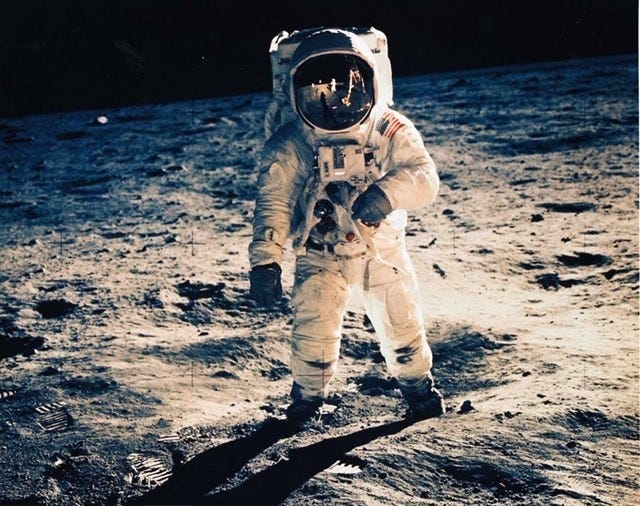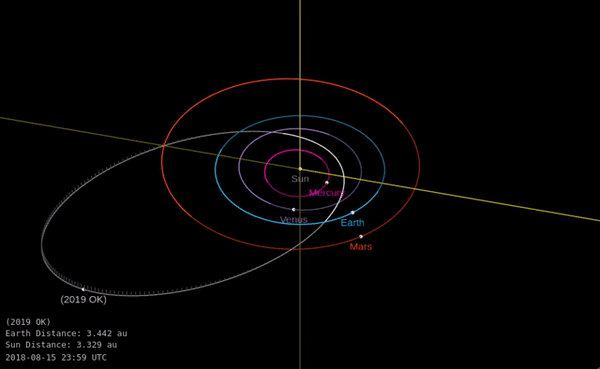Jul 29, 2019
Engineers develop chip that converts wasted heat to usable energy
Posted by Genevieve Klien in categories: computing, solar power, sustainability
Mechanical engineers have discovered a way to produce more electricity from heat than thought possible by creating a silicon chip, also known as a ‘device,’ that converts more thermal radiation into electricity. This could lead to devices such as laptop computers and cellphones with much longer battery life and solar panels that are much more efficient at converting radiant heat to energy.
















